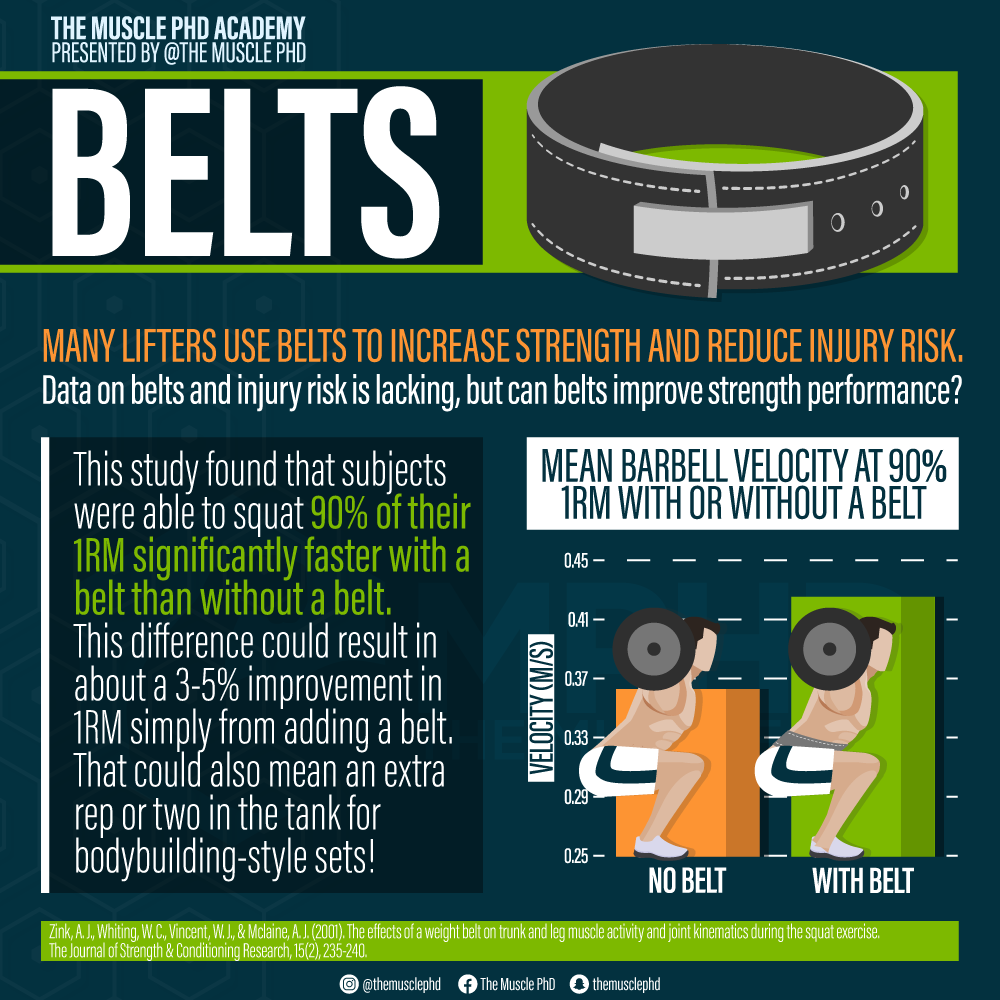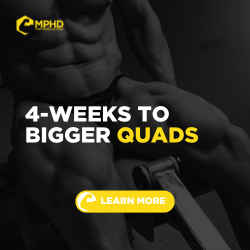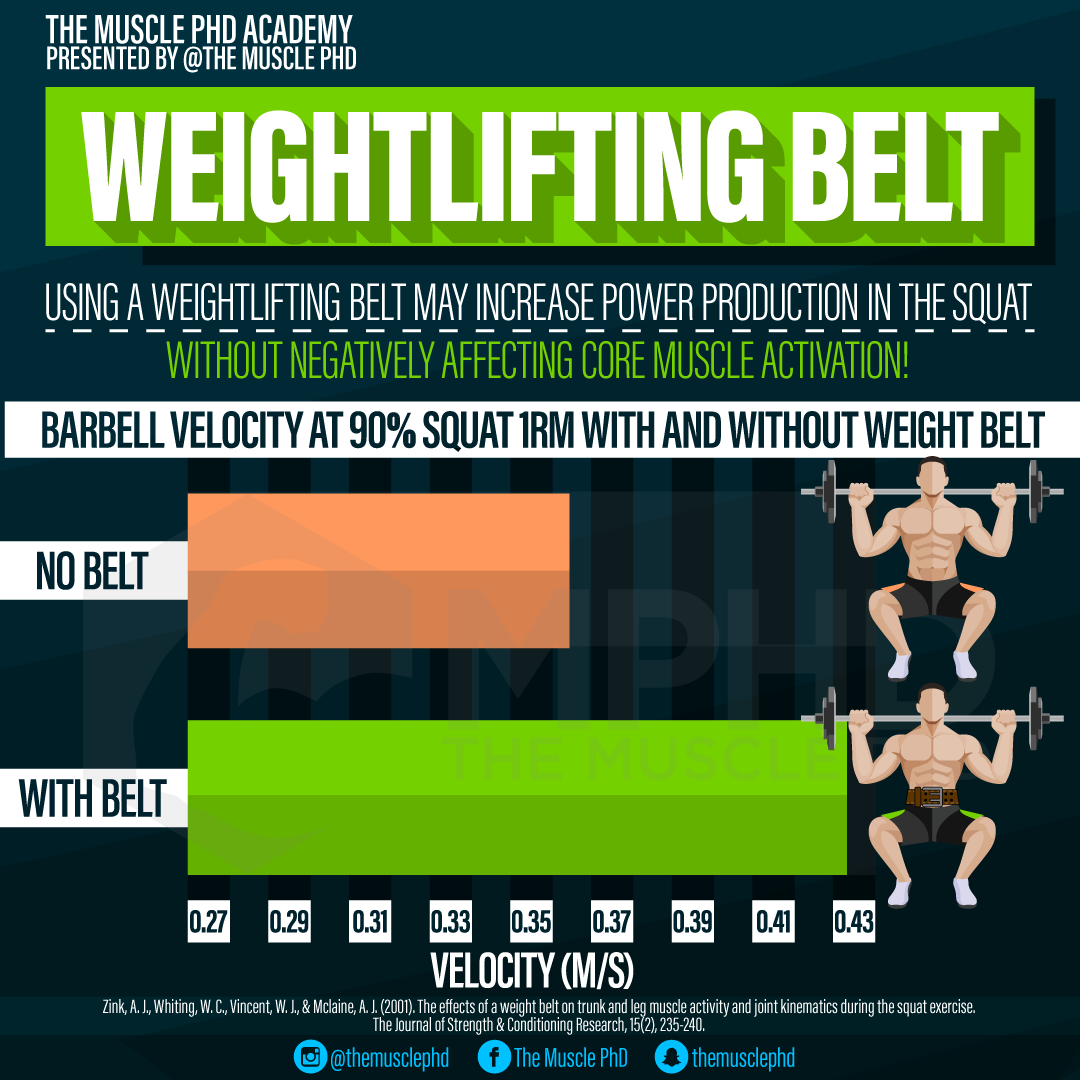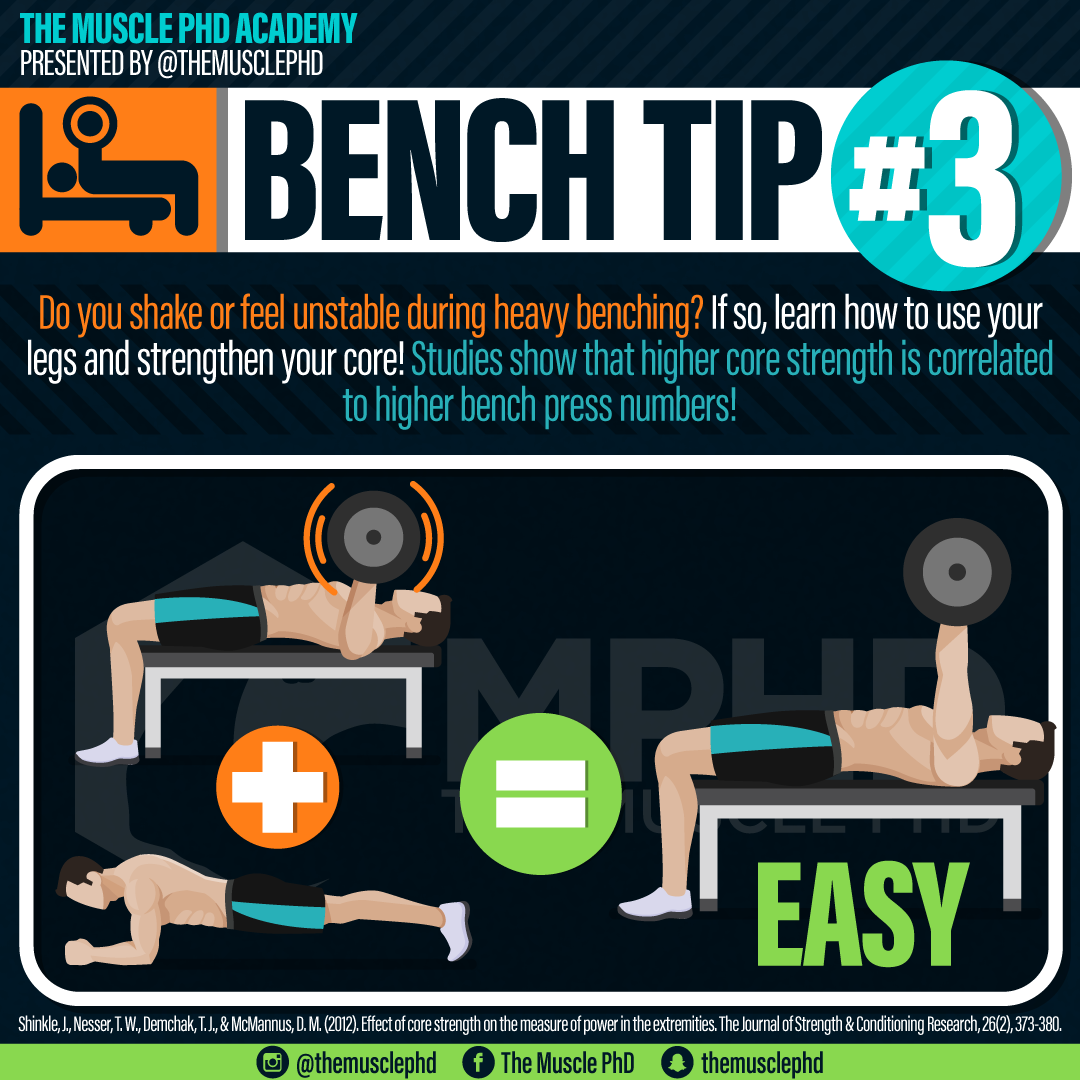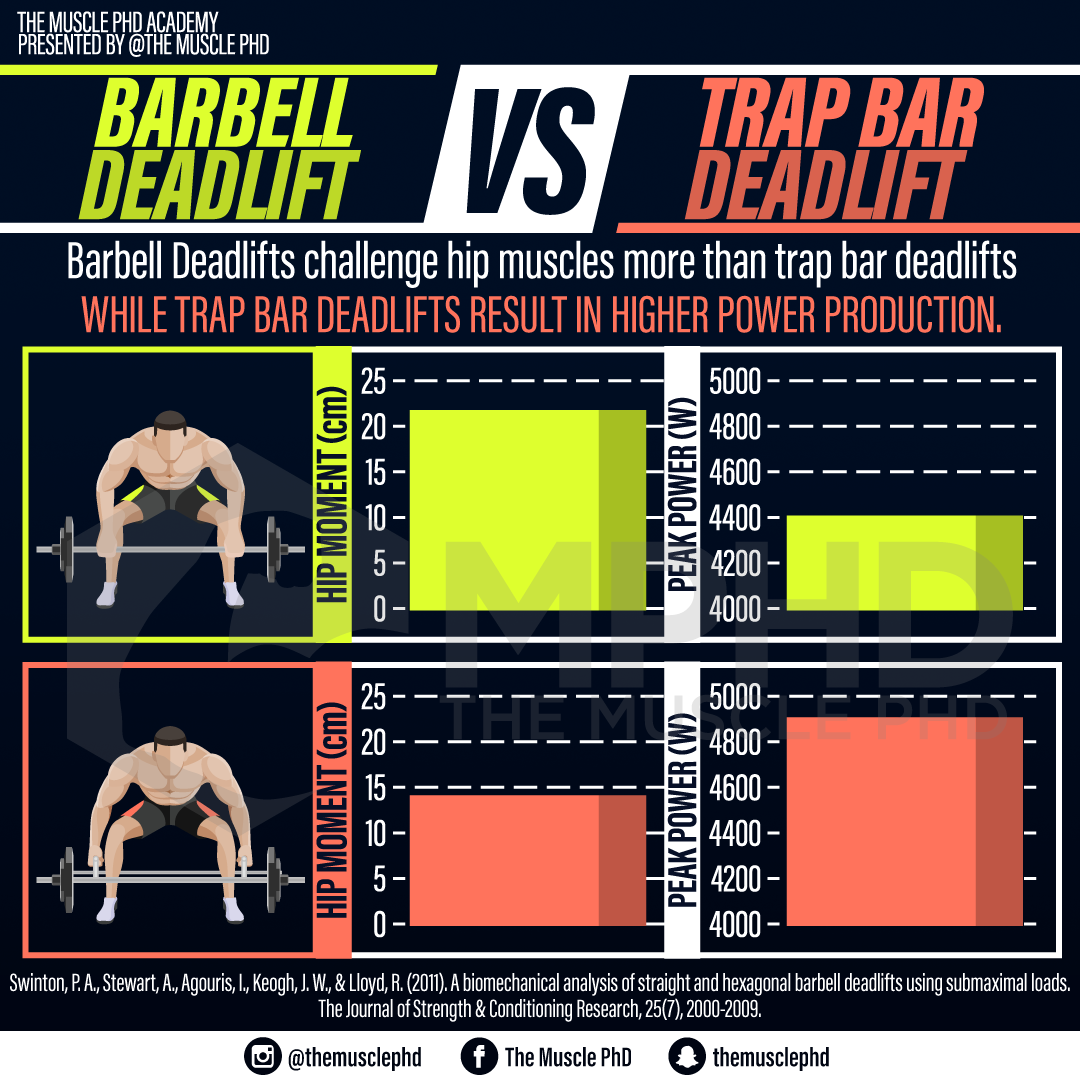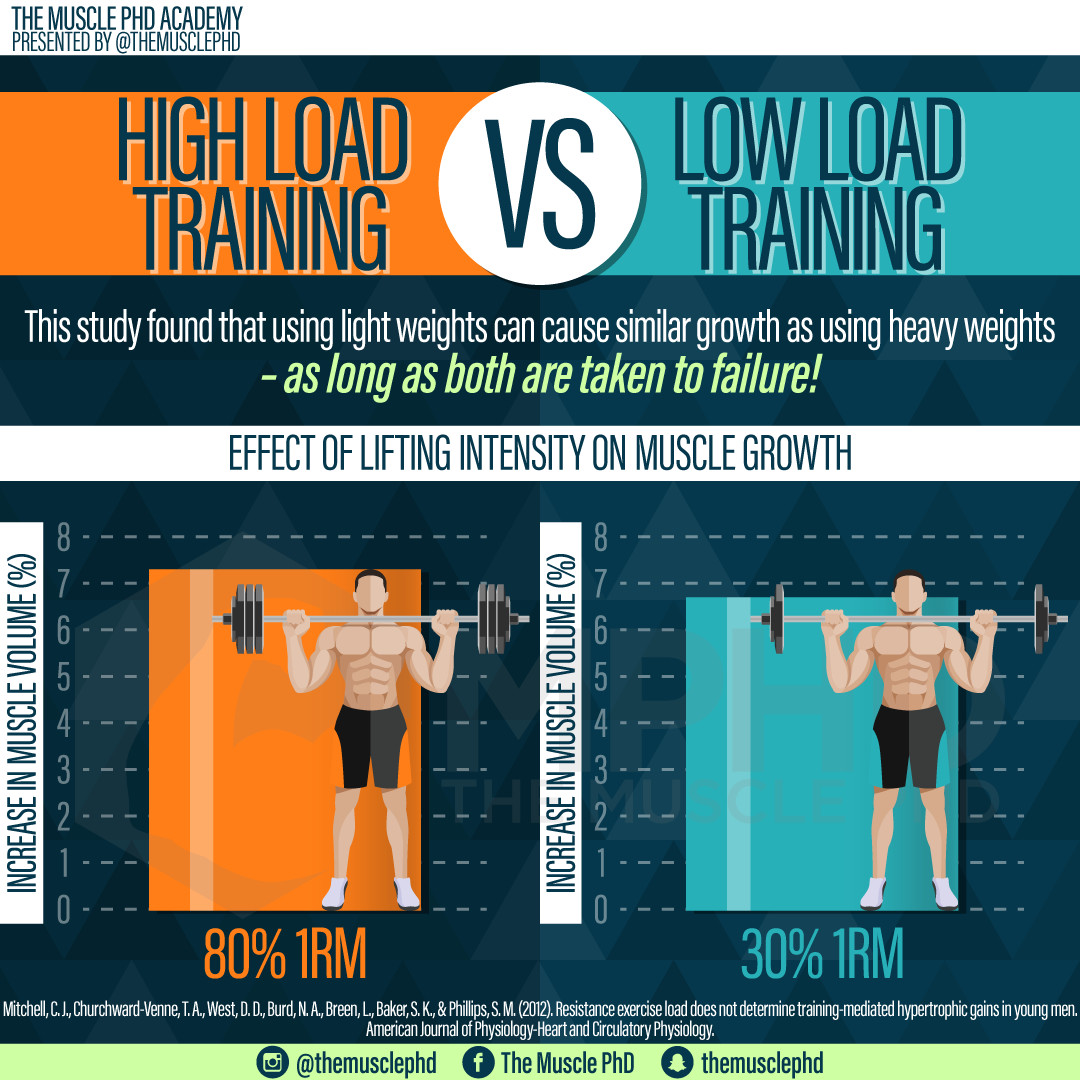Summary
Powerlifters and bodybuilders often use lifting belts to prevent injury and improve performance (Finnie et al., 2003). While lower back protection is murky (read here), this specific study shows that using a belt can certainly boost performance – at least in the squat anyways. Why is this the case?
When we load a barbell on our back, the bar imposes forces on our spine that, in effect, are attempting to flex our spine forwards. What would happen if your spine flexed during a squat? You fold up like a lawn chair. Luckily, our core muscles provide stability to our spine to help resist this flexion force from the barbell. In addition, we can create intra-abdominal pressure (IAP) through proper breathing to add further support to the spine. How can a belt help with that?
Here’s an easy experiment: try to push against a piece of paper as hard as you can. Can’t push very hard, right? Now try the same thing with a brick wall. You can push with maximum effort now. When you have more resistance to push against, you can push harder – you can thank Sir Isaac Newton for that one. When you perform proper breathing to create more IAP, your abdominal region will actually expand as you suck in more air via your diaphragm. Once you clamp that air down, having a belt to push your abdominal region into will allow you to create even more pressure which results in more stability and more confidence in your lift.
That’s why this particular study found that lifters were able to move their 90% 1RM weight faster with a belt than without a belt. I’m not convinced a belt will actually add a ton of weight to your squat, but it will certainly make heavy weights feel lighter due to the increased stability. If you’re interested in using a belt to boost squat performance, I’d recommend a real lifting belt (like this one here) over those flimsy belts you see all the gym bros wearing. A real belt will be a little pricier and much more uncomfortable to wear – but it’ll last forever and can definitely help your performance.
Based on:
Further Reading:


